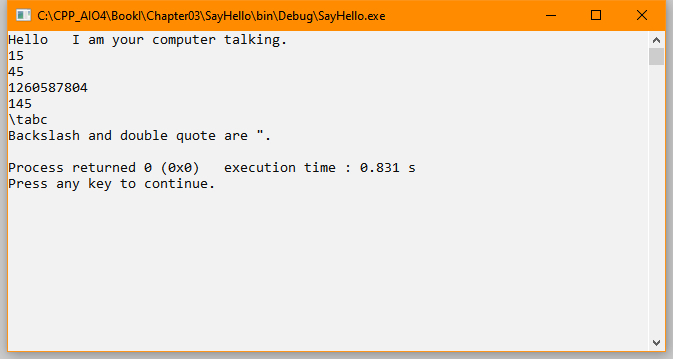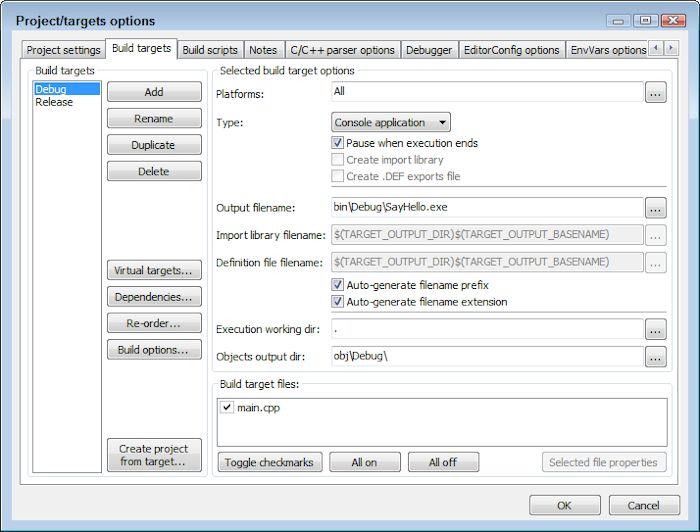This is an update of a post that originally appeared on April 13, 2011.
I often get e-mails from potential readers asking whether a book I’ve written is the right choice for them. I try my best to ask about their needs and provide an unbiased answer. It’s in my best interest to provide the best answer I can, rather than make a quick sale and have to deal with a discontented reader later. However, in all honesty, it’s hard for me to be completely unbiased because I know my books better than any other book out there. I’ve spent many hours carefully crafting my books and know them quite well. Even when I read a work written by someone else, which I do regularly, I’m less familiar with it. Still, I do try my best to provide a good answer.
Getting a potential reader to make a good selection is still the best scenario in my mind. A number of readers have asked that I provide them with some specific technique for doing this, but all I can offer is a partial solution. The technical content of a book is only part of the solution for any reader. A reader must also consider the author’s method of presenting material and writing style. The use of teaching aids is also important. You must ask whether you want a book that contains questions or activities at the end of each chapter—many readers learn more by doing, than by reading. Communication, even in books, is a two-way process. The author often communicates ideas in subtle ways that help some readers and offend others. When a reader writes to an author, the author picks up subtle hints on how to improve the next book. It’s an ongoing process.
Everyone begins looking for a book by viewing the cover. Something about the title tells you that this could be a helpful book. The cover design and text tell you something about the book’s content from a marketer’s perspective. If you stop here, however, be prepared for disappointment. I’ve had more than a few covers that just didn’t do justice to the content of my book and a few that ended up misleading some part of the reader population. Believe me when I say that it’s never my goal to mislead anyone—I want my readers fully informed before making the purchase and happy with the book they receive. Covers are incredibly hard to get right because there is so little space on them to convey information that’s truly useful to everyone.
When I select a book, I normally begin by reading the Introduction. This important bit of reading is only seven or eight pages long in most cases, but usually characterizes the author’s attempt to convey everything the book contains as an overview. Reading the Introduction tells you about the author’s writing style and informs you about skills required to use the book successfully. You also discover special equipment and software that you need to use the book. If you find yourself disagreeing with the Introduction, you can be certain that you won’t like the rest of the book either.
Most people purchase their books online today. Gone are the days of browsing for books in bookstores, which is a shame because I found many unexpected treasures that way. I still go to a bookstore when I can, but most of the time I have to make do with a site like Amazon.com. With this in mind, make sure you avail yourself of the Look Inside feature and take the time to read things like the table of contents, introduction, and a writing sample. Some publishers hide the content of their books and don’t provide a Look Inside feature. I generally don’t buy these books because it’s not possible to know what I’ll get.
Next, I look at the Table of Contents to determine whether the topic I need is covered in sufficient detail to warrant a purchase. A book’s title and cover material is often deceiving. The Table of Contents tells me more about the book content from the author’s perspective. I go through the entire Table of Contents just to see what sorts of interesting information the author has decided to include. I may also thumb through the index to determine more about topics covered in the book. It’s important to note that the index is normally created by a professional indexer and not the author, so the index may not tell you everything you need to know, but it’s a great place to see the sorts of topics the author has chosen to discuss.
Finally, I go to the specific chapters that I feel provide the information that I want from the book. (When I can’t see the specific chapter I want online, then I at least try to read through the sample chapters that the publisher does provide.) I’ll eventually read most of the book, but these chapters are my main reason for buying the book today, so that’s where I look. I probably won’t read the entire chapter in the store (or online using Amazon’s Look Inside feature), but I’ll scan it and pay attention to particulars such as the code provided in examples or figures used for explanation. I’ll read segments of the discussion to see how much information the author provides and how the information is conveyed.
I know that many people consider my approach too time consuming. It is a time consuming approach, but I find that I make fewer bad purchases using this technique. I’ve had more than a few people write to me to ask why I didn’t cover a particular topic in my book and I have to wonder why they didn’t realize that the material was missing when they made the purchase. A few readers have literally written that they ran into the store during lunchtime (or checked it out on Amazon), looked at the cover and decided the book must include what they need, put down their hard earned money to buy the book, ran back to work, and only then bothered to look inside. If you truly are pressed for time, please do write before buying one of my books. I’ll provide you with the least biased answer I can. However, the best way to buy a book is to make your own decision using the techniques found in this post. Let me know your ideas about buying books at [email protected].


